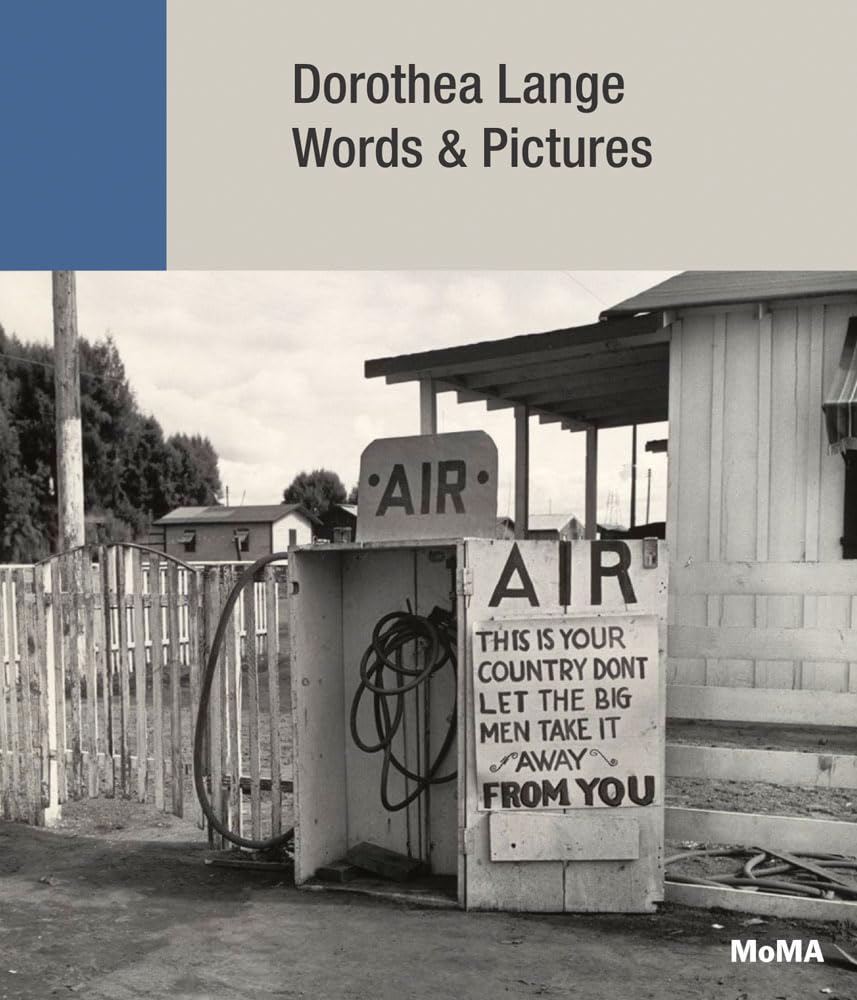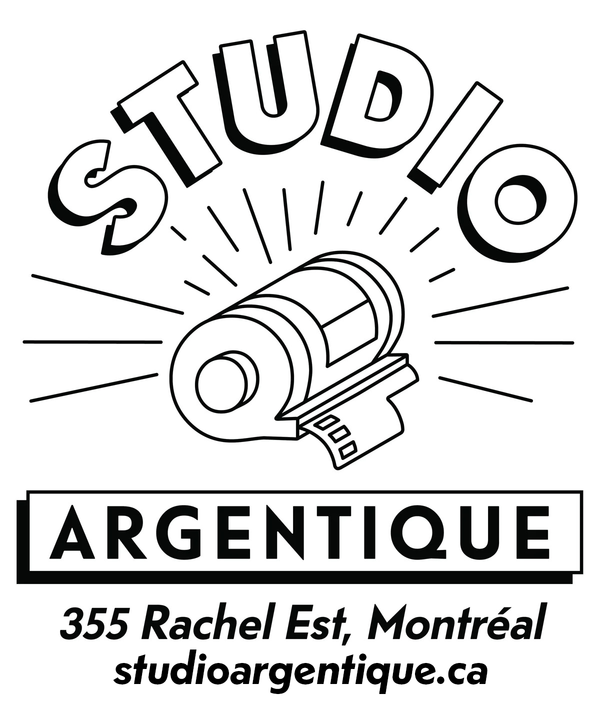Dorothea Lange: Words & Pictures
Dorothea Lange: Words & Pictures
Impossible de charger la disponibilité du service de retrait
Prix habituel
$76.99 CAD
Prix habituel
Prix promotionnel
$76.99 CAD
Prix unitaire
par
Frais d'expédition calculés à l'étape de paiement.
En rupture de stock


